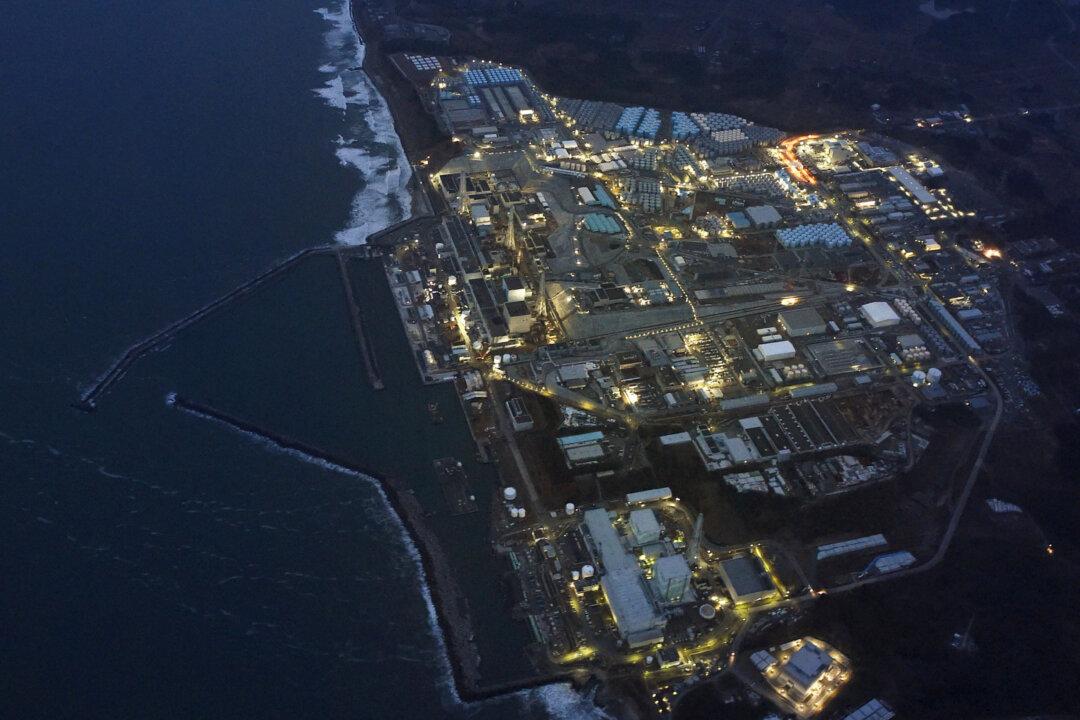The Japanese utility giant Tokyo Electric Power Co., or Tepco, may release more than a million cubic meters of treated radioactive water from the destroyed Fukushima Daiichi nuclear power plant into the Pacific Ocean as part of a decades-long operation.
It’s being considered as part of a $200 billion cleanup process that has been largely delayed by the buildup of contaminated water in tanks that crowd the nuclear site, which was wrecked by a 2011 tsunami that followed a magnitude 9.0 earthquake. The melted cores are kept cool by pumping water into damaged reactor vessels.





